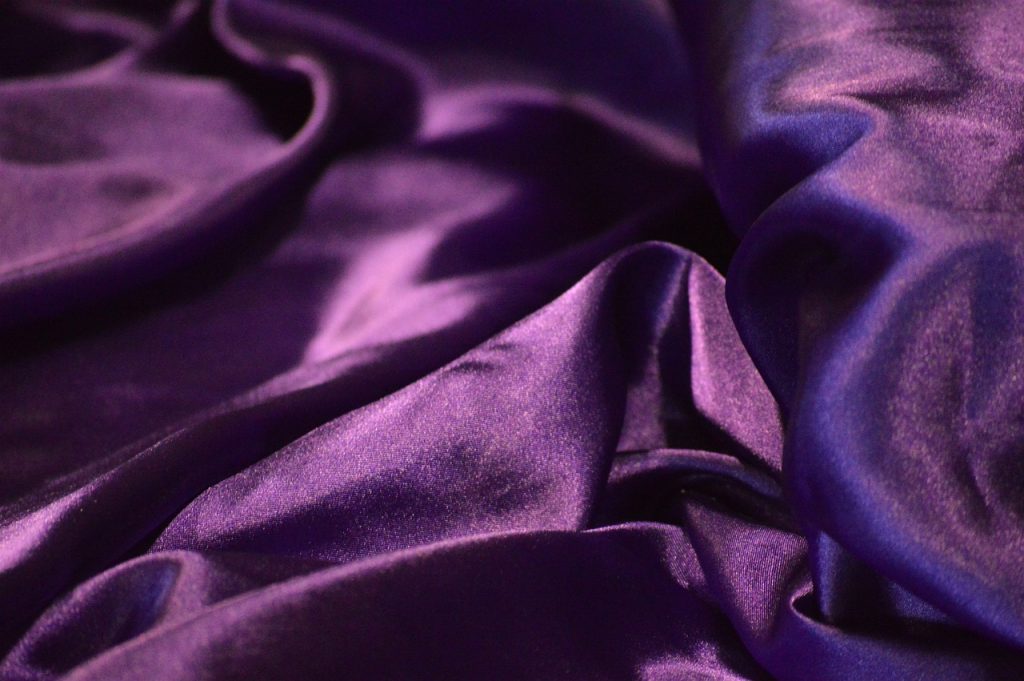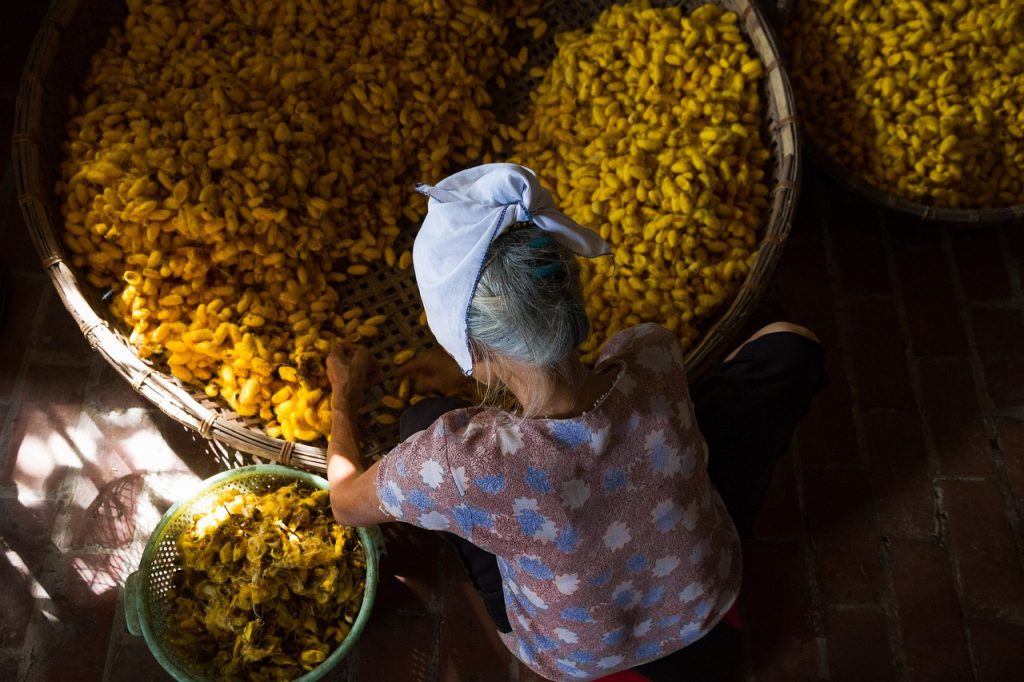
Silk is famous worldwide for its luxurious texture, shine, and durability. In fashion, silk is revered for its elegant appeal and soft feel. You must have some favorite silk pieces in your wardrobe, and you can have them for a long time with the proper care and maintenance. Silk is delicate and requires extra care for laundering and storing. But if you take care of your silk garments, they can turn into an heirloom for a lifetime and beyond.

Improper washing and handling can damage your silk garments. Silk is vulnerable to harsh chemicals, which makes stain removal a challenge. Being a natural fabric, silk also attracts insects and pests. It may seem tedious to care for your silk garments, but with a few simple steps, you can start your silk care routine at home.
A professional dry cleaner can eliminate most stains on a silk garment. If you are washing silk at home, you must follow a few rules to avoid damaging the fabric.
The best way to wash your silk garments is to hand wash each item separately. Fill your basin with cold water and gently wash your silk with a mild detergent. Let it sit in the soapy water for a few minutes. Silk releases dirt quickly unless it is a stubborn stain. Rinse the garments in running water for a final wash.
Silk is delicate and should be handled with care. After you hand-wash your silk garments, use a soft cotton towel to soak the excess water. Do not wring your silk clothes. Use a hanger to allow your silk garment to drip dry. Silk drys quickly, so you should be done within an hour. Never leave your silk garments in direct sunlight.
Invest in good quality hangers for your silk garments. Hangers padded with velvet or flocked hangers work the best as they keep your garment in place. For long-term storage, you need cloth storage bags to keep moths away from your delicate silks.
Moths are attracted to natural fabrics like wool and silk and eat away at your garment. Cedar balls and lavender essential oil work best as pest repellent. Cedar and lavender are natural, non-toxic, and smell wonderful. Place a few cedar balls in your wardrobe, put a few drops of lavender oil on cotton balls, and place them in your closet. Refresh them every few weeks. Do not place cedar or lavender directly on your silk garments; you will be left with stains.
Centuries ago, silk was considered a royal fabric fit for only kings and queens. The luxurious texture, soft feel, and elegant shine make silk a desirable commodity. With a little care, you can preserve your favorite silk garments for years, even a lifetime. In today’s world of fast fashion, natural fabrics have become even rarer, which is why it is well worth the effort to care for your silk garments.










































































